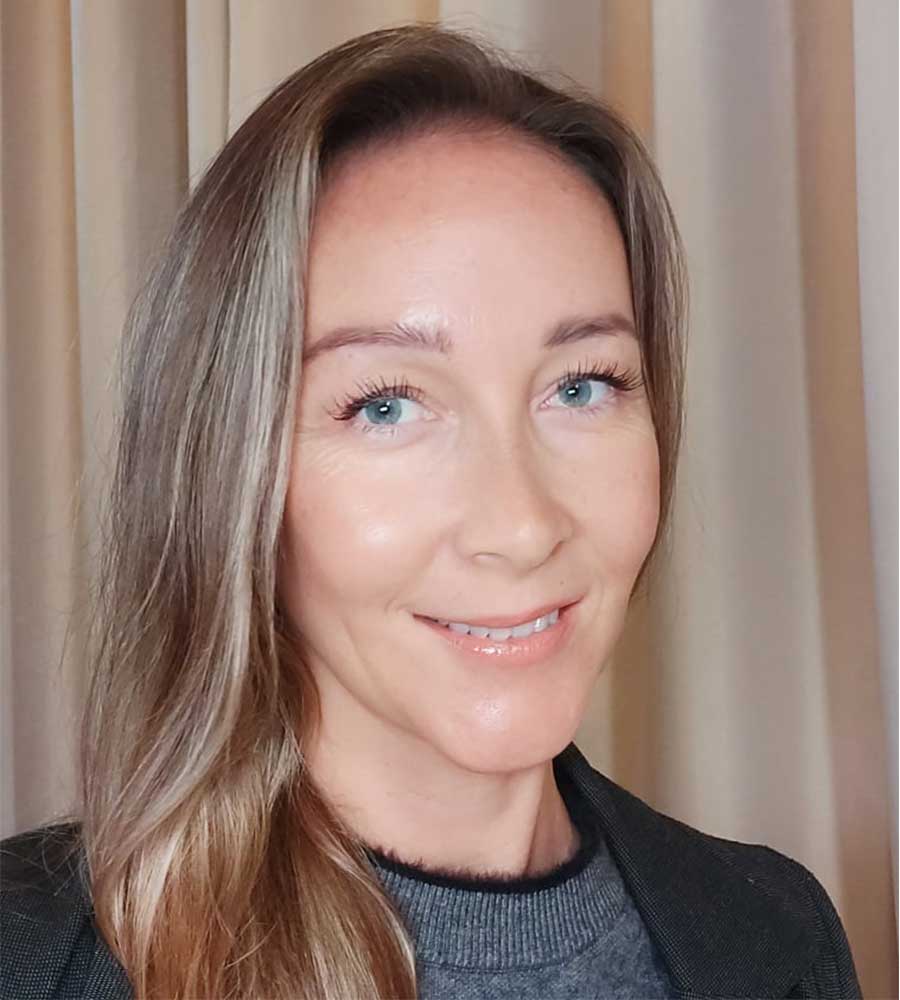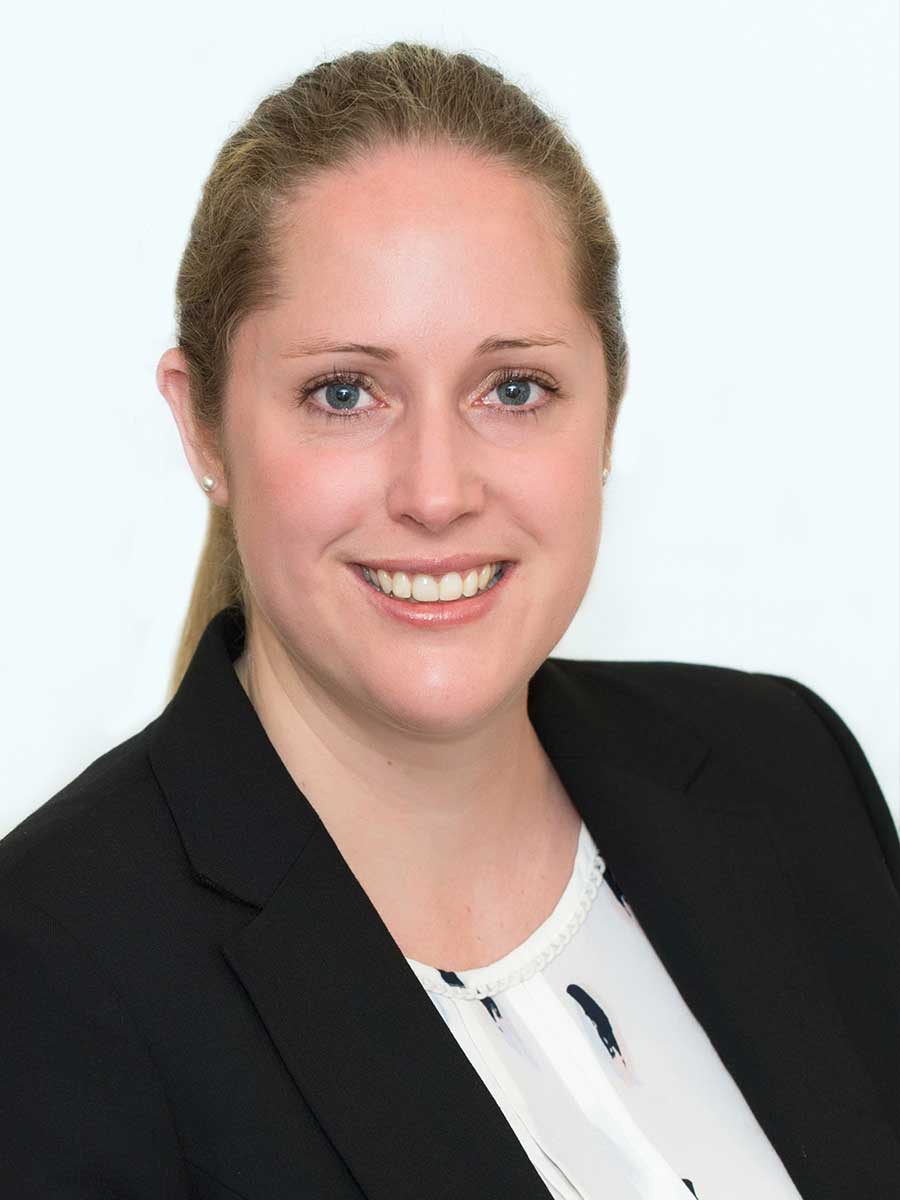It’s September and spring is here, providing a welcome lift in spirits. After some spectacular performances by our athletes at the recent Tokyo Olympics and Paralympics, hopefully you are inspired to achieve some personal goals of your own.
August provided mixed economic news, with central banks, business and consumers remaining cautious. In a widely-reported speech, US Federal Reserve chair, Jerome Powell said there remained “much ground to cover” before he would consider lifting interest rates, sending stocks higher and bond yields lower.
In Australia, shares and shareholders were boosted by a positive company reporting season. According to CommSec, of the ASX200 companies that have reported so far, 84% reported a profit in the year to June, 73% lifted profits and dividends were up 70% to $34 billion. One of the COVID “winners” is the construction sector. While the value of construction rose 0.4% overall in the year to June, the value of residential building was up 8.9% and renovations rose 24.5%, the strongest in 21 years. One of the COVID “losers”, retail trade was down 3.1% in the year to June.
While unemployment fell from 4.9% to 4.6% in July, full-time jobs and hours worked were lower due to the impact of lockdowns. The Westpac-Melbourne Institute index of consumer sentiment fell 4.4% in August while the NAB business confidence index fell 18.5 points in July, the second biggest monthly decline since the GFC. Wages grew 1.7% in the year to June, well below the 3% the Reserve Bank wants before it considers lifting interest rates.
Iron ore prices fell 18% in August, while the Aussie dollar finished the month weaker at US73.2c.

Aged care payment options
When it comes time to investigate residential aged care for yourself, your partner, parent or relative, the search for a facility and how to pay for it can seem daunting. The system is complex, and decisions are often made in the midst of a health crisis.
Factors such as location to family and friends, reputation for care or general appeal are just as important as the sometimes-high price of a room and other fees in residential aged care.
Even so, costs can’t be ignored.i
Accommodation charges
The first thing to be aware of when researching your residential aged care options is that there are separate costs for the accommodation and the care provided by the facility.
The accommodation payment essentially covers your right to occupy a room. You can pay this accommodation fee as a lump sum called the Refundable Accommodation Deposit (RAD), or a daily rate similar to rent, or combination of both.
The daily rate is known as the Daily Accommodation Payment or DAP and is effectively a daily interest rate set by the government. The current daily rate is 4.04 per cent. If the RAD is $550,000 then the equivalent DAP is $60.87 a day ($550,000 x 4.04%, divided by 365 days).
A resident can pay as much or as little towards the RAD as they choose, but any outstanding amount is charged as a DAP.
The RAD is fully refundable to the estate, unless it is used to pay any of the aged care costs such as the DAP.
Daily fees
As well as an accommodation cost there are daily resident fees that cover living and care costs. There is a basic daily fee which everyone pays and is set at 85 per cent of the basic single Age Pension. The current rate is $52.71 a day and covers the essentials such as food, laundry, utilities and basic care.
Then there is a means tested care fee which is determined by Services Australia or Veteran’s Affairs. This figure can range from $0 to about $256 a day depending on a person’s income and assets. The figure has an indexed annual and a lifetime cap – currently set at $28,339 a year or $68,013 over a lifetime.
Some facilities offer extra services, where a compulsory extra services fee is paid. It has nothing to do with care but may include extras like special outings, a choice of meals, wine with meals and daily newspaper delivery. It can range from $20-$100 a day.
A means assessment determines if you need to pay the means-tested care fee and if the government will contribute to your accommodation costs. Everyone who moves into an aged care home is quoted a room price before moving in. The means assessment then determines if you will have to pay the agreed room price, or RAD, or contribute towards it.
How means testing works
A means-tested amount above a certain threshold is used to determine whether you pay the quoted RAD and how much the government will contribute towards the means-tested care fee.
A person on the full Age Pension and with property and assets below about $37,155 would have all their costs met by the government, except the $52.71 a day basic daily fee.
A person on the full Age Pension with a home and a protected person, such as their spouse, living in it and assets between $37,155 and $173,075 may be asked to contribute towards their accommodation and care.
To be classified a low means resident there would be assessable assets below $173,075.20 (indexed). It is also subject to an income test.
A low means resident may pay a Daily Accommodation Contribution (DAC) instead of a DAP which can then be converted to a Refundable Accommodation Contribution (RAC). They may also pay a small means-tested care fee.
Payment strategies
The fees you may pay for residential care and how you pay them requires careful consideration. For example, selling assets such as the former home to pay for your residential care can affect your aged care fees and Age Pension entitlements.
If you would like to discuss aged care payment options and how to ensure you find the right residential care at a cost you or your loved one can afford, give us a call.
i All costs quoted in this article are available on https://www.myagedcare.gov.au/aged-care-home-costs-and-fees

Don’t take super cover for granted
Buying insurance through super has many advantages, but you need to make sure you are getting the right cover for your individual needs. In some cases, you may be paying for nothing.
Most super funds offer life and total and permanent disability (TPD) insurance to fund members and, in some cases, income protection cover.
But since the introduction of the Protecting your Super reforms in 2019, this cover is no longer automatic.
If you have less than $6000 in your account or it has been inactive, then the insurance component will have been cancelled unless you advised the fund otherwise. An account may be deemed inactive if, for example, it has not received a contribution for more than 16 months.
In addition, insurance cover is no longer offered to new fund members aged under 25.
Is it right for you?
If you do have insurance in your super account, then it’s a good idea to check the cover is right for you. This is particularly the case now that the stapling measure has been introduced as part of the recent Your Future, Your Super legislation.
From November 1, unless you choose a new fund when you change jobs, the first fund you joined will be ‘stapled’ to you throughout your working life. This is where problems can arise; while the fund stays the same, so will the insurance cover.
Say you move from a low-risk job where the insurance offered in your super was more than adequate to a high-risk job such as in construction or mining. Would your insurance now cover you if you were no longer able to work? And if it did, would the cover be sufficient? It may well be that your new occupation is not even covered.
Most TPD policies within super are for “any” occupation rather than “own” occupation. This three-letter definition can make a world of difference. If you still have the capacity to work in some other occupation, then it is likely your insurance will not pay out.i
Many benefits
Despite this, there are still many benefits from structuring insurance cover in your super as your premium payments are effectively lower as they come out of your pre-tax rather than your post-tax income.
What’s more, you are not having to put your hand in your pocket to pay the premiums as the money automatically comes out of your super. Of course, the flipside is you will have less money working to build your retirement savings.
So, when it comes to taking out insurance, structuring cover through your super has it’s place but default cover that is offered may be lower than you need or may be sub-optimal.
Regular checks
Wherever you get insurance cover, it’s important to remember that its purpose is generally to cover any outstanding debt and ongoing financial obligations should you pass away or become unable to work.
For this reason, it is important to regularly check your insurance cover to ensure it is sufficient to maintain your lifestyle.
While income protection is sometimes available through your super, it may be necessary to look outside. Such policies pay you a regular income for a specified period if you are unable to work through an illness or injury, and premiums are generally tax-deductible outside super.
When you are leading a busy life with lots of claims on your income, insurance may be seen as an unnecessary expense. But when it comes to the crunch, it can play a valuable role in you and your family’s life when you need it most.
Please call us to discuss your insurance needs and whether your existing cover, both inside super and outside, is sufficient.
i https://moneysmart.gov.au/how-life-insurance-works/total-and-permanent-disability-tpd-insurance
ii https://thenewdaily.com.au/finance/dollars-and-sense/2021/08/02/insurance-life-tpd-superannuation/

Market movements & review video – September 2021
Stay up to date with what’s happened in Australian markets over the past month.
Our September update video takes you through key economic indicators, as August provided mixed economic news, with central banks, business and consumers remaining cautious.
Please get in touch if you’d like assistance with your personal financial situation.
Authorised Representative | Professional Wealth Services Pty Ltd | PWS ABN: 58 174 609 776 | AFS Licence Number 312047 This advice may not be suitable to you because it contains general advice that has not been tailored to your personal circumstances. Please seek personal financial advice prior to acting on this information. Investment Performance: Past performance is not a reliable guide to future returns as future returns may differ from and be more or less volatile than past returns.























